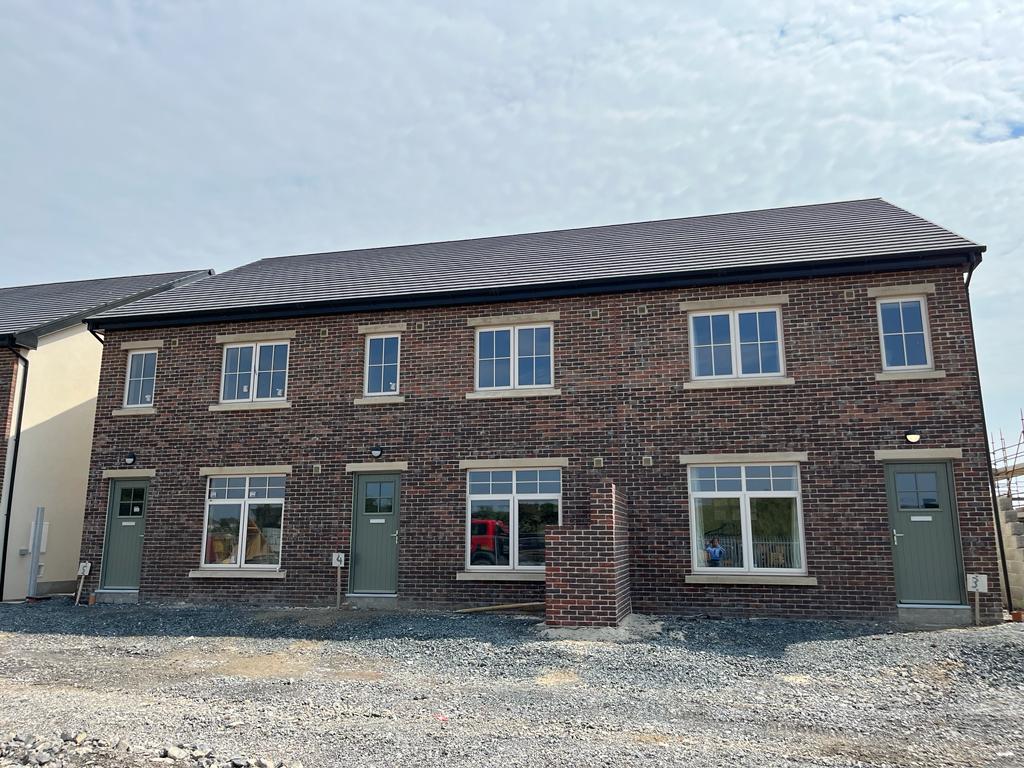Ireland’s Real Estate Week in Numbers

As the Irish economy faces a slight slowdown in GDP growth, there are both positive and negative indicators for the real estate market.
Firstly, the ESRI has downgraded its GDP growth outlook for the Irish economy. Despite this, the institute believes the underlying position of the economy remains strong. The downgrade is primarily attributed to a slowdown in export activity, particularly in the pharmaceutical and chemicals sector, leading to an increase in imports. The institute forecasts GDP growth of 0.1% for this year and 3.5% for next year. On the positive side, the domestic economy, measured by Modified Domestic Demand (MDD), is expected to experience strong growth in both 2023 and 2024, with forecasts of 3.6% and 4% growth, respectively.
Looking at housing, the latest market report by Daft.ie confirms that asking prices for homes in Ireland have experienced a marginal decline in the past year, primarily due to the impact of rising interest rates. The average listed price for a home in the second quarter of the year was €309,648, marking a 0.5% decrease compared to the same period last year. However, there has been a slight pick-up in asking prices of 2.4% from the end of March, although this growth is lower than the price increase observed during the same period last year.
Dublin, the most prominent market, witnessed a 0.6% decline in prices, while Waterford city experienced a 0.5% decline. Cork and Galway cities saw larger falls in year-on-year terms, with declines of 3.3% and 2.1% respectively. The Daft research also notes that Limerick city was an outlier, as it witnessed a 1.1% increase in prices over the year, reaching a level just 2.4% below its peak during the boom era.
The latest figures from the Residential Tenancies Board (RTB) reveal that rents for new tenancies increased by 7.6% on an annual basis, despite the presence of rent pressure zones in many parts of the country. Unsurprisingly, the areas outside the rent pressure zones experienced the highest rent increases (Longford +18.5%, Donegal +17.1% and Tipperary +14.1%). The average across the four Dublin local authority areas saw new rents increase by 6.9%, slightly lower than the national average.
Many of the figures above are reflective of recognised construction challenges over the past year. According to a report by Turner & Townsend, Dublin has now become the second most expensive city in the European Union for construction, behind Munich, with average costs of €3,409 per square metre. The accompanying report commentary suggests that despite global challenges in the construction industry, including tightening financing conditions, the Irish construction sector is expected to grow this year.
This expected growth is based on continuing strong domestic demand and chronically limited housing supply; however, careful consideration of local (hyper-local) market dynamics, rising construction costs, and affordability concerns is crucial for real estate and development projects right now.
Ian Lawlor
086 3625482
Managing Director
Lotus Investment Group
